GIVE NOW before 2025 ends—your gift will be doubled to help children in need. Click here to 2x your impact!
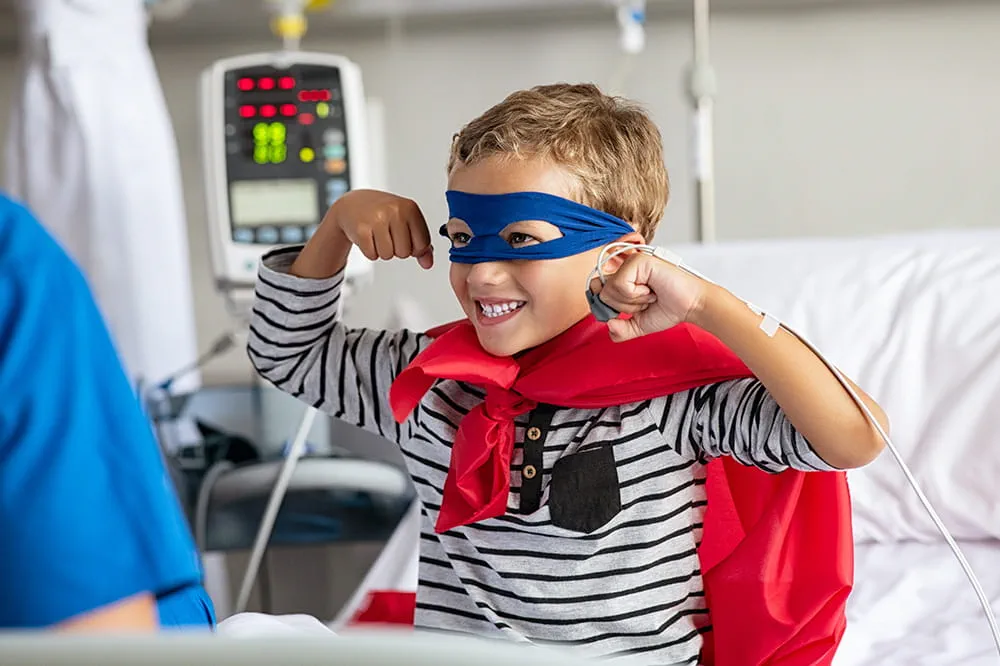
Ranked nationally in pediatric care.
Arkansas Children's provides right-sized care for your child. U.S. News & World Report has ranked Arkansas Children's in seven specialties for 2025-2026.

It's easier than ever to sign up for MyChart.
Sign up online to quickly and easily manage your child's medical information and connect with us whenever you need.
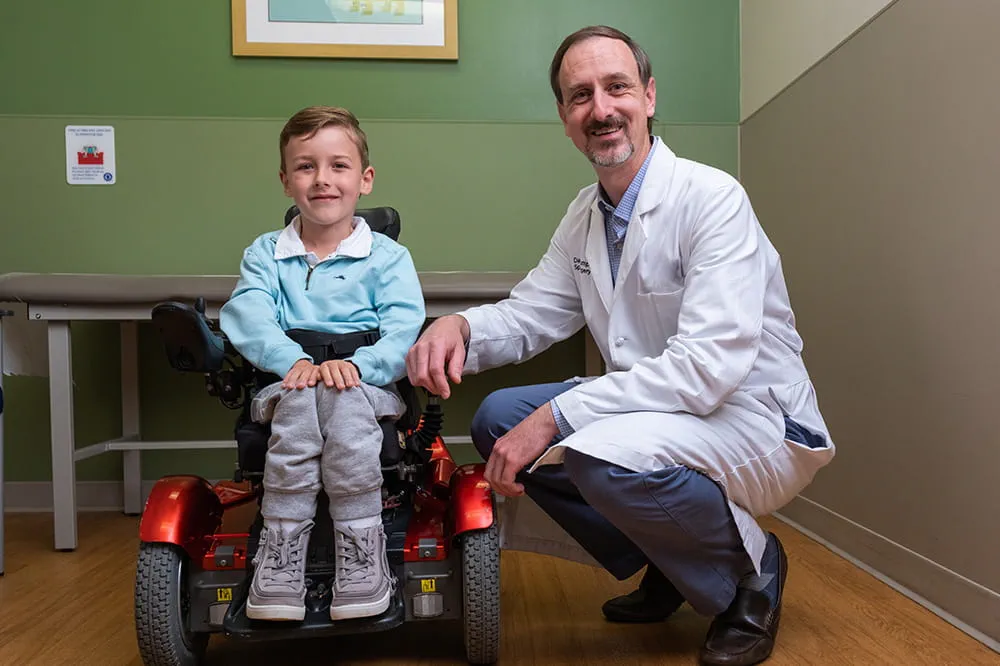
We're focused on improving child health through exceptional patient care, groundbreaking research, continuing education, and outreach and prevention.
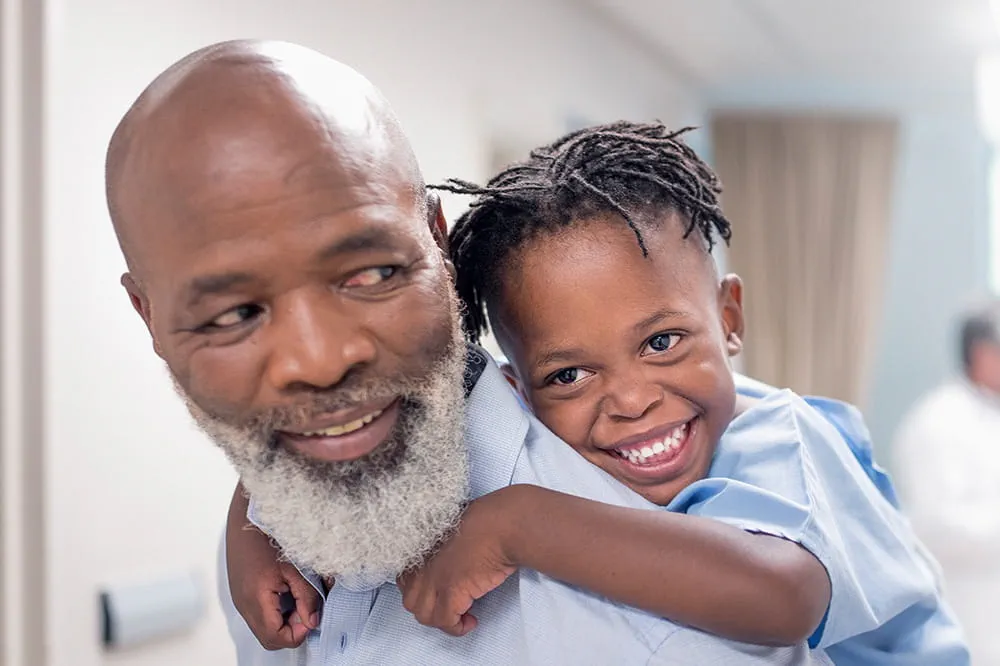
When it comes to your child, every emergency is a big deal.
Our ERs are staffed 24/7 with doctors, nurses and staff who know kids best – all trained to deliver right-sized care for your child in a safe environment.

Arkansas Children's provides right-sized care for your child. U.S. News & World Report has ranked Arkansas Children's in seven specialties for 2025-2026.

Looking for resources for your family?
Find health tips, patient stories, and news you can use to champion children.

Support from the comfort of your home.
Our flu resources and education information help parents and families provide effective care at home.

Children are at the center of everything we do.
We are dedicated to caring for children, allowing us to uniquely shape the landscape of pediatric care in Arkansas.
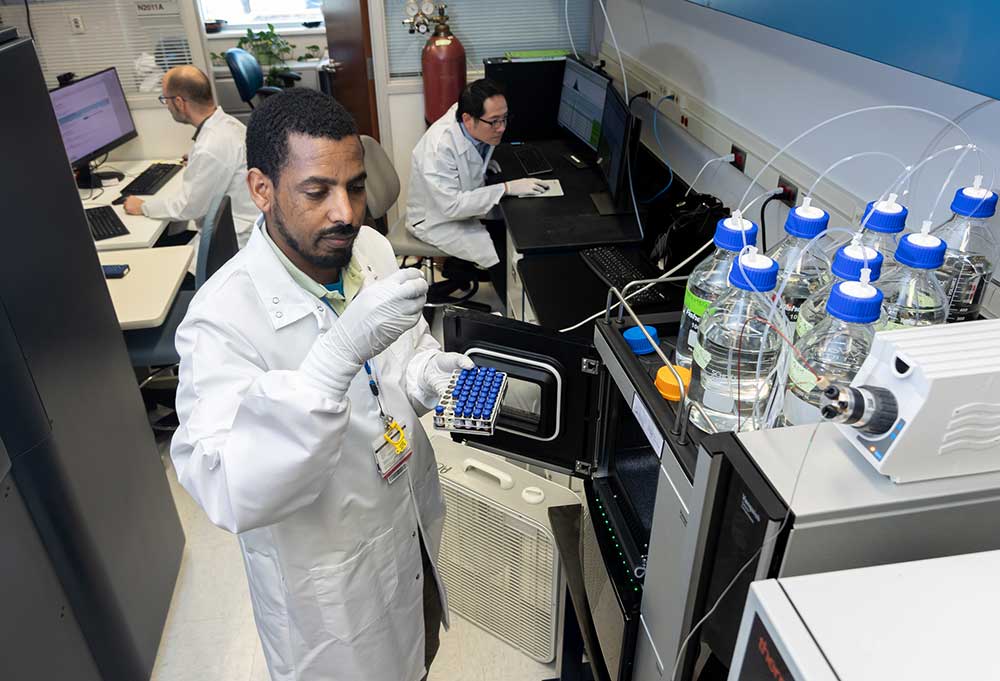
Transforming discovery to care.
Our researchers are driven by their limitless curiosity to discover new and better ways to make these children better today and healthier tomorrow.

We're focused on improving child health through exceptional patient care, groundbreaking research, continuing education, and outreach and prevention.
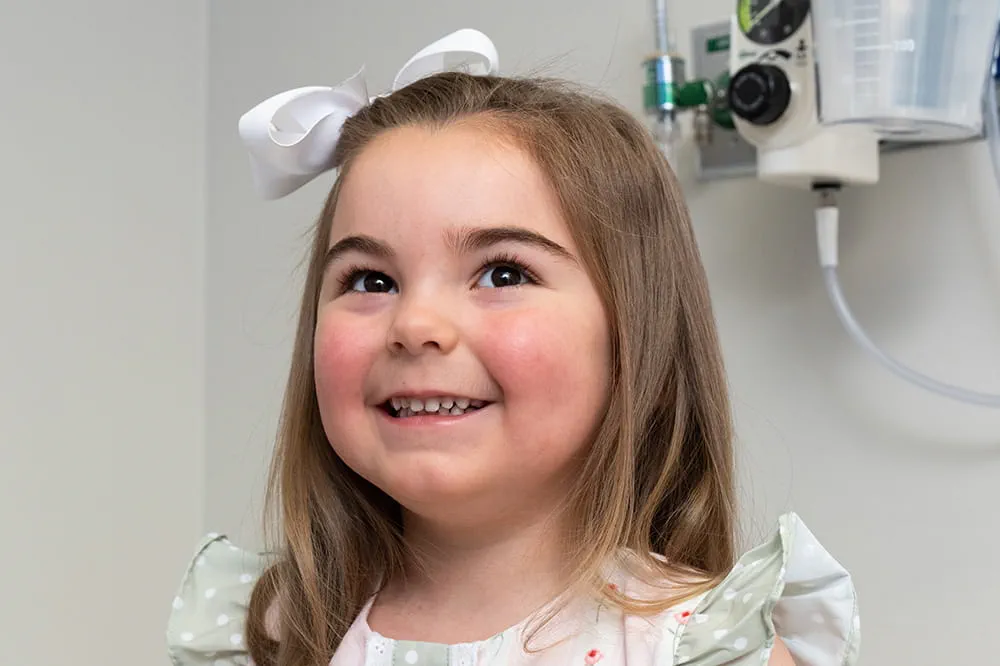
Then we're looking for you! Work at a place where you can change lives...including your own.

When you give to Arkansas Children's, you help deliver on our promise of a better today and a healthier tomorrow for the children of Arkansas and beyond
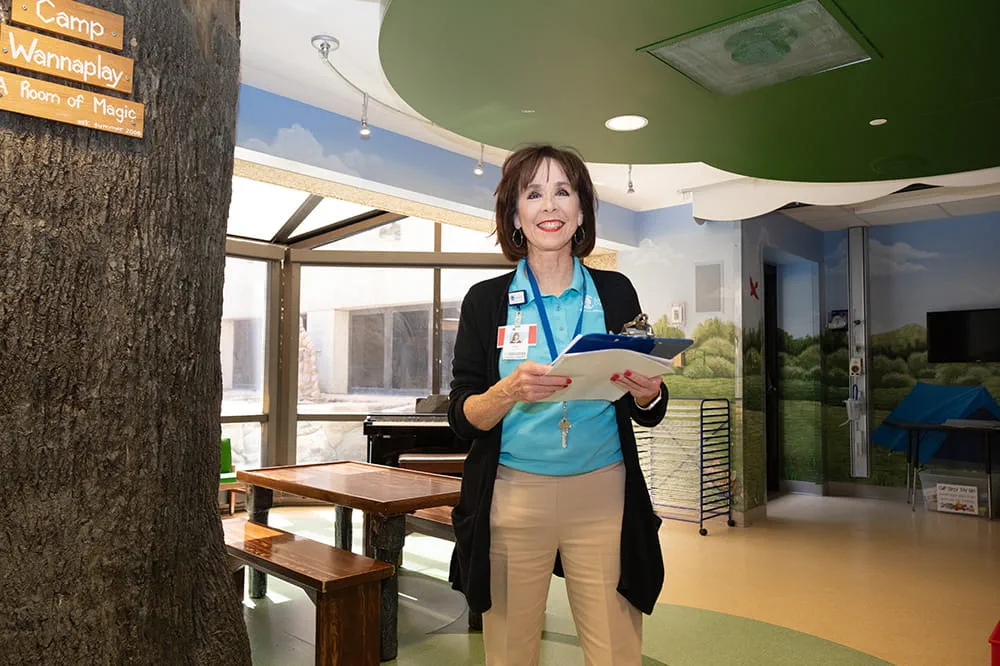
Become a volunteer at Arkansas Children's.
The gift of time is one of the most precious gifts you can give. You can make a difference in the life of a sick child.

Join our Grassroots Organization
Support and participate in this advocacy effort on behalf of Arkansas’ youth and our organization.

Learn How We Transform Discovery to Care
Scientific discoveries lead us to new and better ways to care for children.

Learn How We Transform Discovery to Care
Scientific discoveries lead us to new and better ways to care for children.

Learn How We Transform Discovery to Care
Scientific discoveries lead us to new and better ways to care for children.

Learn How We Transform Discovery to Care
Scientific discoveries lead us to new and better ways to care for children.

Learn How We Transform Discovery to Care
Scientific discoveries lead us to new and better ways to care for children.

Learn How We Transform Discovery to Care
Scientific discoveries lead us to new and better ways to care for children.
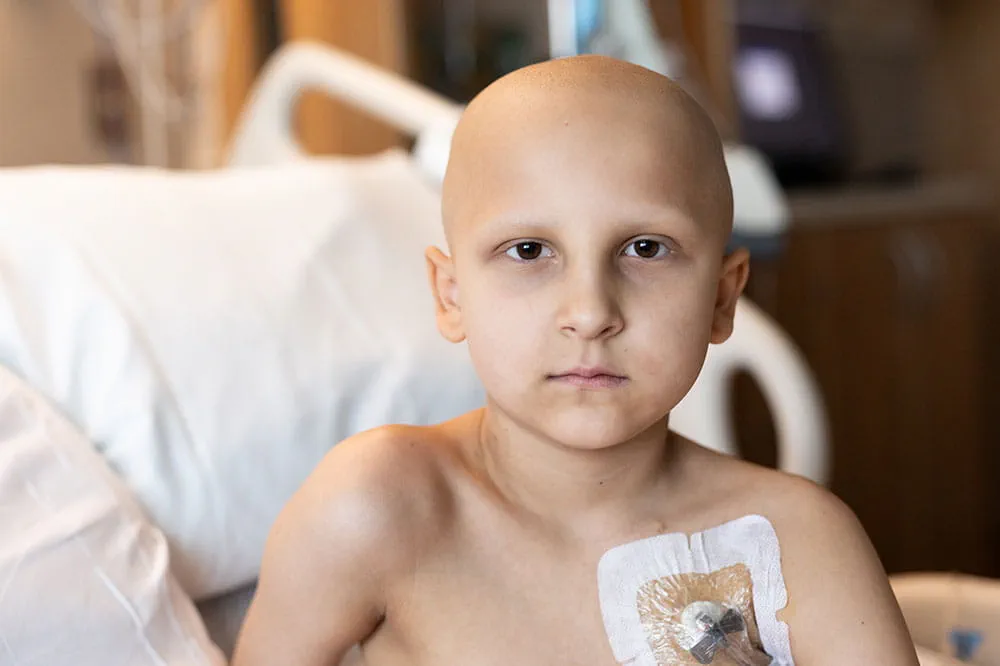
When you give to Arkansas Children’s, you help deliver on our promise of a better today and a healthier tomorrow for the children of Arkansas and beyond.
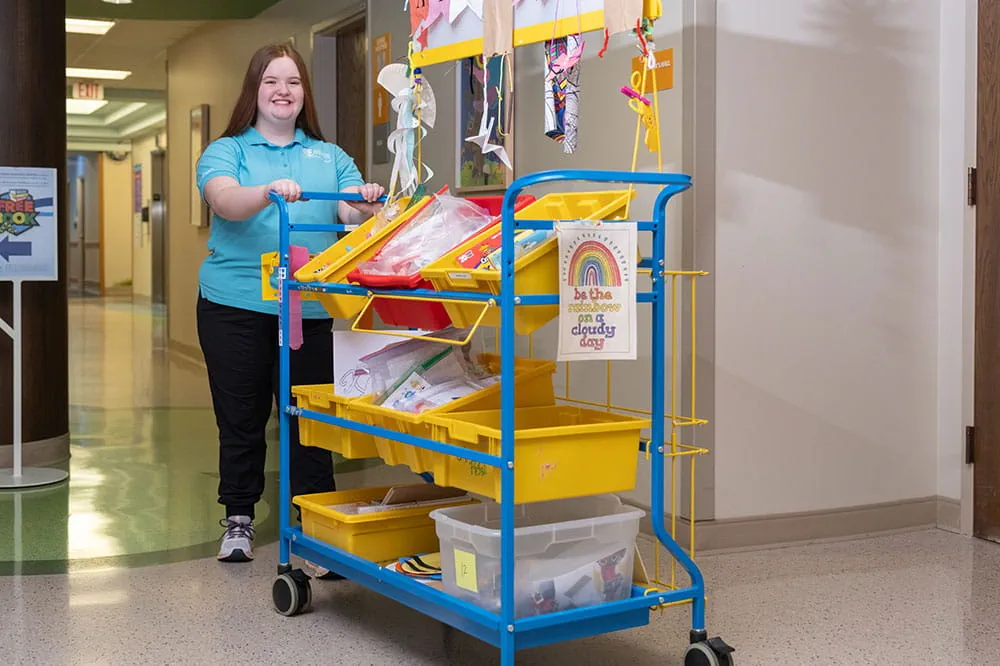
Your volunteer efforts are very important to Arkansas Children's. Consider additional ways to help our patients and families.
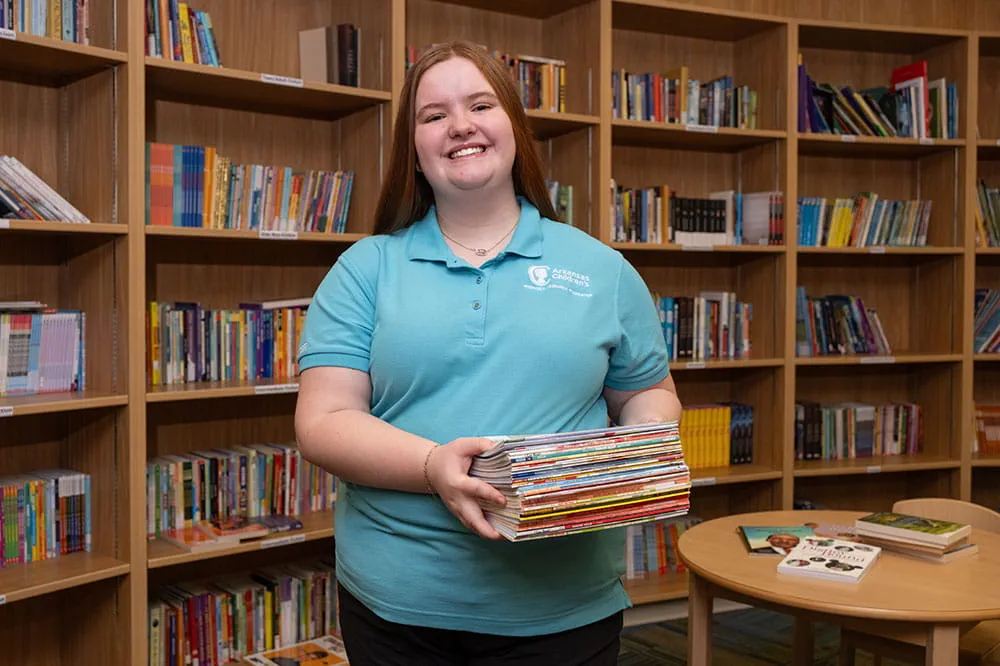
Join one of our volunteer groups.
There are many ways to get involved to champion children statewide.

Make a positive impact on children through philanthropy.
The generosity of our supporters allows Arkansas Children's to deliver on our promise of making children better today and a healthier tomorrow.

Read and watch heart-warming, inspirational stories from the patients of Arkansas Children’s.

Hello.
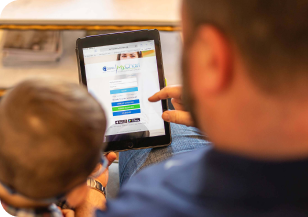
Arkansas Children's Hospital
General Information 501-364-1100
Arkansas Children's Northwest
General Information 479-725-6800


Motivation, Timing, Respect, Anticipation: a Day-in-the-Life of a Senior Project Manager at Arkansas Children’s Hospital
Published date: February 13, 2025
She comes from a large family (40+ people at holiday gatherings). In addition to loving being around people, Katy loves Arkansas Children's Hospital. Over 20 years ago, she visited her sister, Jennifer Harper, a nurse at ACH, and immediately knew she wanted to work here. "It's always felt right since the moment I walked in the door."
Loving ACH and people suits her well as a project manager because, in her words, she’s “a conduit” – spending most of her days transferring information between architects, construction superintendents and team members from every department about how to make the place she loves even better.
A Google Earth View of the Impact on Patient Care
A large-screen TV fills the upper half of one wall in Katy's small office in the basement of the ACH main building. When we arrived to shadow her one morning in early November, the screen displayed Google Earth's overhead view of Arkansas Children's campus that spans 36 city blocks in Little Rock. On any given day, over 40 construction projects are happening on campus. As one of six senior project managers, Katy typically has primary responsibility for 7 to 10 projects, including sharing responsibility for the largest expansion in the hospital's history. Like Google Earth, Katy keeps the big picture of all the projects happening on campus in her mind. She can also zoom in to describe the details of a project as small as making improvements to an electronics storage closet or as large as adding an entirely new three-story building. The new building, one component of the $318 million expansion, will house an outpatient surgery center and an orthopedic sports medicine clinic. As we walked through the shell of the new building with no walls, Katy pointed to where the new exam rooms and elevators would be, zooming in on the future.Katy keeps a cot near her office in the ACH basement. Her typical shift is 7 a.m. to 3 p.m., but sometimes her work requires her to be on campus overnight. Anytime the electricity or water is shut off as part of a project she's responsible for, Katy must be on site. The morning of our visit, a construction crew had been working since 3 a.m. pouring concrete for the new building. None of their work required interruptions to water or electrical service in the hospital, so Katy didn't need to be onsite. Checking on the crew and concrete is near the top of the morning's To-do list.
She talks with construction crew superintendents about the day's plans. She ensures the filters that prevent construction dust from getting in the building's air intake units are in place and that everyone is wearing the appropriate personal protective equipment (PPE). After visiting the new construction, she checks on the progress of an electronics closet. Then she makes a trip onto the roof, where she enlists help cleaning the camera that provides the live feed of construction. Her next stop is the emergency department, where she assesses the progress of new rooms designed for patients with behavioral health needs.
Katy said that project managers pay close attention to the details regardless of whether it's a large project, like the expansion or a small project, like modifying an electronics closet. "We're thinking about all those infection prevention tools. We're looking at safety."
The Why Behind Design
She spends the afternoon on a project at a different stage - ACH is home to the state's only burn unit. The team cares for children and adults, and the facility is set for renovation. Katy leads a meeting between the architects and burn team members to discuss what's needed and what's possible. "When our team comes to us, we tell them, 'Bring us your problem and let us help you come up with a solution.'"
When projects are in the design phase, Katy asks team members to make three lists:
- What do you have to have? What features does a team need to serve patients best.
- What would you like to have? What nonessential features would benefit team members or patients but aren't critical for care.
- What if money is no object? Making a wish list drives innovation.
Underlying all these lists is the question, “Why?”
Katy gave the example of the renovations to Camp Wannaplay, a forest-themed recreational area at ACH with large imitation trees.
“One of the Patient Experience Team’s big asks was, could we make changes to the large tree trunks smaller to gain more play space for those kids?”
When project managers like Katy understand that removing or reducing the size of the imitation trees means more children, including those in wheelchairs or attached to IV poles, can access the space, they can help ensure the architect’s designs meet the project's intentions.
“Understanding the ‘why’ behind what they're asking is very beneficial for us to help them accomplish what they need,” Katy said.
Motivation. Timing. Respect. Anticipation. Championing Children.
"Project management is about being able to work as a team," Katy said. "It's motivation. It's timing. It's respect. It's anticipation. We have to anticipate how our projects will impact the [patients and team members]." She pointed out with great pride that collectively, the six senior project managers at ACH (five at ACH and one at Arkansas Children's Northwest) have more than 140 years of service at Arkansas Children's. They are exceptionally experienced at anticipating impact and delivering extraordinary results.Katy lists three things that inspire her and keep her motivated: the patients, her team and the joy her colleagues share when she walks them through their newly constructed workspace.
She imagines children and families walking into the new building and feeling the same awe and wonder that she did when she visited her sister at ACH over 20 years ago. A visit with her sister turned into a job in the infant toddler unit and then another in the intermediate care unit and then another in the neonatal intensive care unit until she found her role as a project manager. "There's no other job I'd rather have at Arkansas Children's," she said. "This is home."
Katy Baker champions children every day by making Arkansas Children’s Hospital feel like home for patients while they receive the highest quality care.

Are you interested in becoming an Arkansas Children's team member?
Click here to view our current job openings
